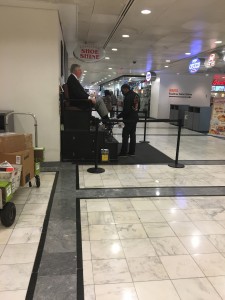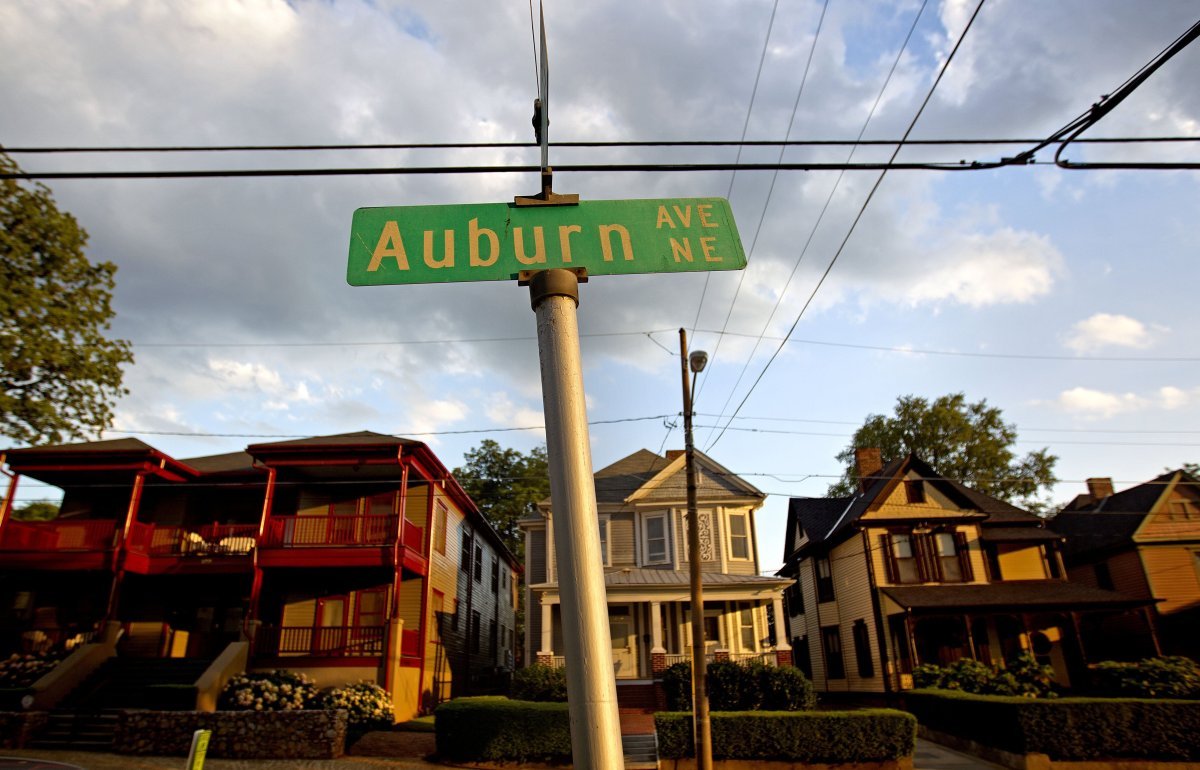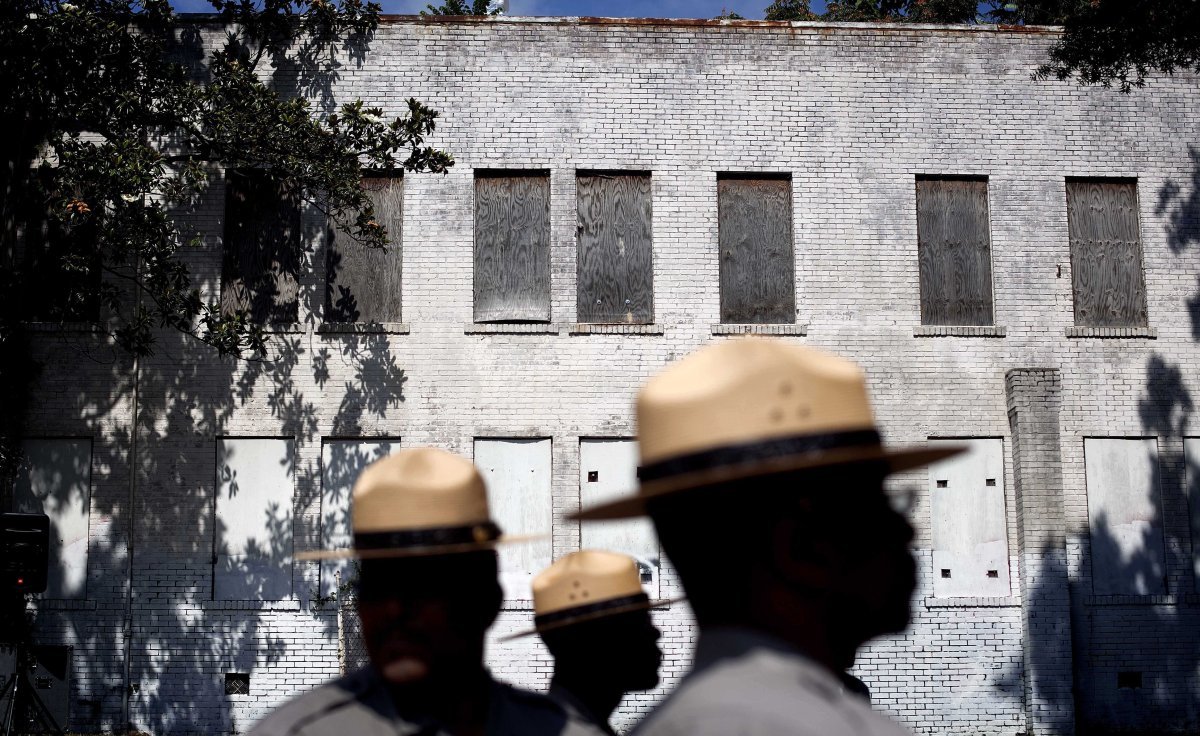http://www.nytimes.com/2015/11/22/magazine/making-bathrooms-more-accommodating.html?_r=0
This article sums up the transgender struggle and how they struggle to fit in common places, even a public bathroom. It brings up lots of safety concerns from people who are against it and many refuting arguments from supporters of this sensitive movement. In locker rooms and bathrooms where people are most vulnerable because their bodies are exposed to strangers and mainly people they aren’t that close with or comfortable letting view their body are one of the most conflicted places for transgender people. In an Illinois high school, a boy who was undergoing hormone treatment to become a girl and had already changed identities legally to a women was barred from changing in the girl locker room for fear of privacy for the other girls. The transgender girl was asked to change in a separate room. The Department of Education got involved and said that she should be able to change in the same area as the other girls however, if the school wanted to put up some kind of curtain for privacy then they would have to allow the other girls that option too. At the end of last year, Houston rejected a broad equal rights ordinance, which should be scary for a lot of us. This ordinance would protect against discrimination based on age, race, sexual orientation, or gender identity in the workplace, housing and public spaces. This reminds me of what African Americans fought for during segregation periods and post-Civil Rights Act times. These people only want to be treated like everyone else and not feel outcasted. The people not in support of this ordinance showed TV commercials of a boy trying to hurt a girl going into the girl bathroom, playing on parents and students fears of integrating bathrooms.
Once again, regarding the issue of a certain group of people being turned away in our country’s history we need to accommodate. Mara Keisling says “It implies a two-way street”. We nor the transgender community can do all the work, it has to be an equal effort as with any other relationship in which two people cohabitate and exist. Back in the nineteenth century separate bathrooms were created for women to relax because they were seen as the weaker gender who needed breaks and extra accommodations because they were prone to falling out. In the forties, white women refused to use the same bathrooms as black co-workers for fear of contracting syphilis from the black men. This is a more radical display of what’s going on now. People back in those times had a different thought process about who went where just like we do today. People are always going to think certain things are normal, until they change. What I’m saying is, we could think something is right, right now but at the end of the day people are still not being treated fairly but it doesn’t bother us because it’s not us who is being treated unequally. Just like in times of slavery, how many people in the south thought it was just a way of life when now we know that it was the most terrible time in our country’s history. It is the same thing today, we think separating bathrooms is good for all mankind because it’s been that way for so long but there are people being mistreated and discriminated against just to go to the bathroom, and we may think it’s okay now, but later on down the line it won’t be and things will have to change.







